An exciting new strategy and direction in the quest for stronger permanent-magnet materials with fewer critical elements.
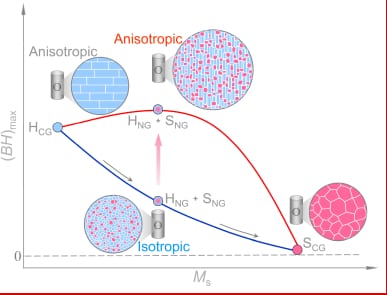


An exciting new strategy and direction in the quest for stronger permanent-magnet materials with fewer critical elements.
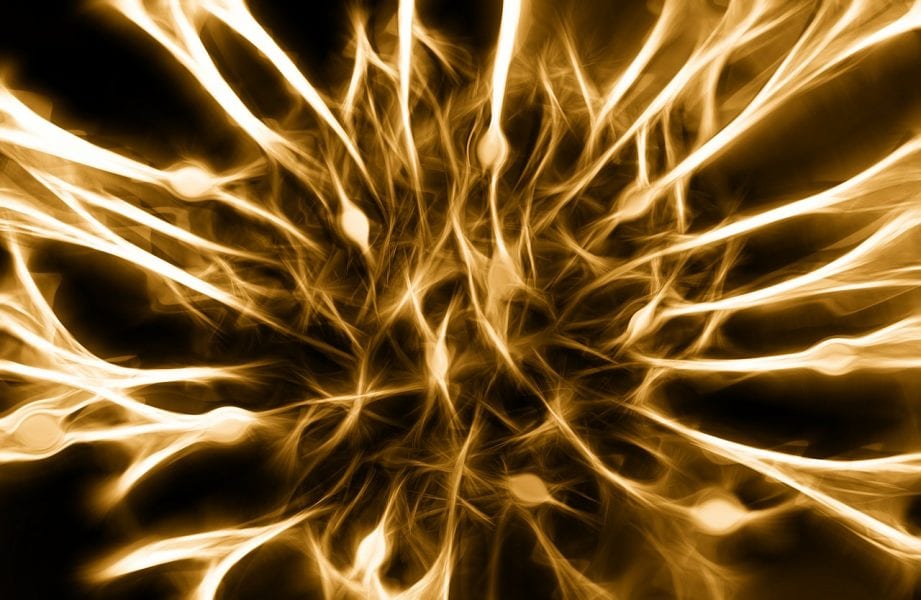
Combinatorial strategies that use biomaterials for regeneration of the injured central nervous system.
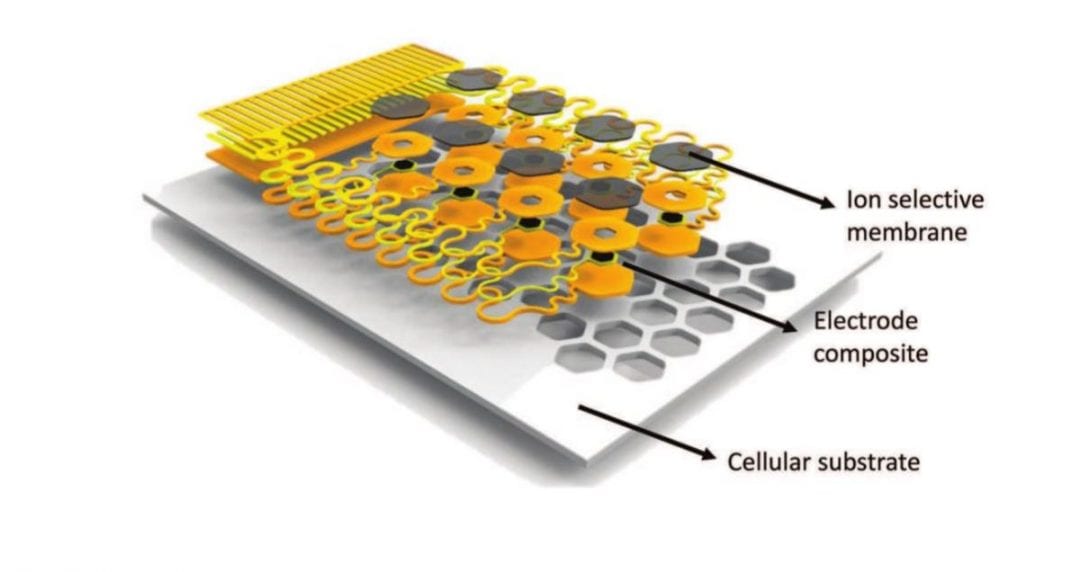
Thin, stretchable chemical sensing systems that mount on open cellular substrates for biofluids.
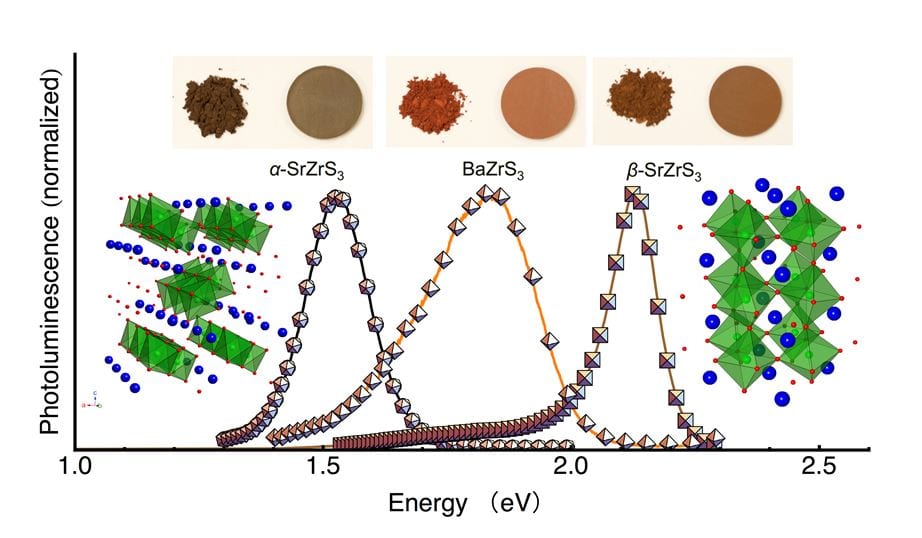
Transition metal perovskite chalcogenides are a new class of versatile semiconductors with high absorption coefficient and luminescence efficiency.
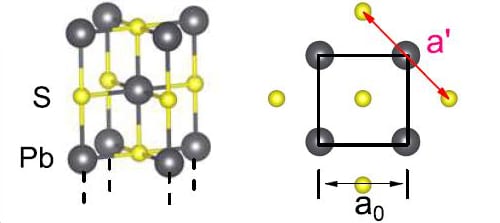
A PbS monolayer is demonstrated to be a novel platform for topological, valleytronic, and optical phenomena.
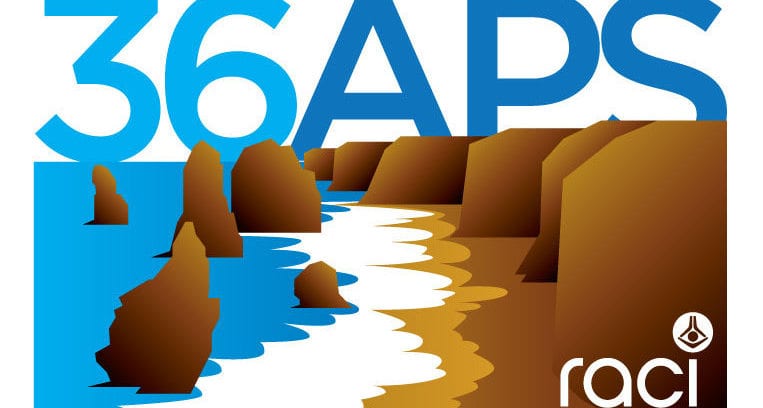
The 36th APS, which took place in Lorne, Victoria, from November 20-23, featured talks on a wide range of polymer science topics from both local and international speakers.
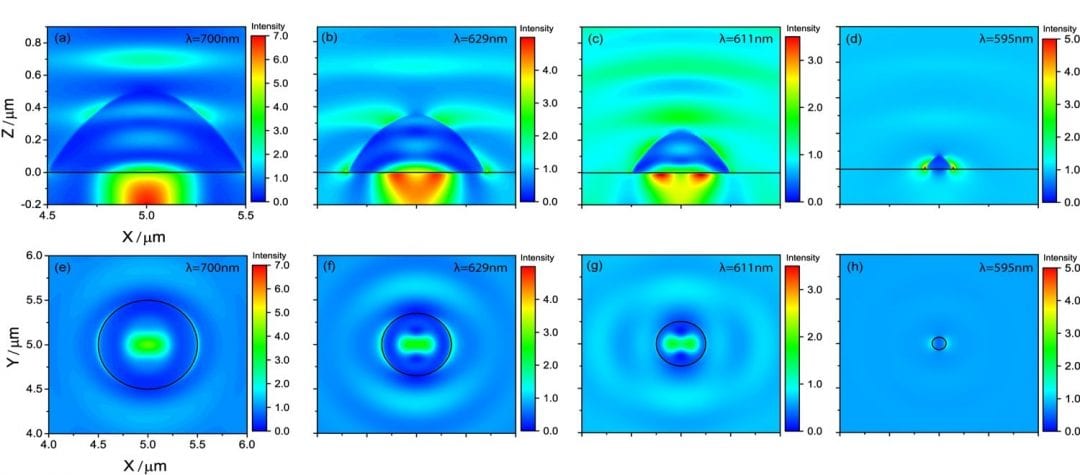
Researchers from EMPA, the Swiss Federal Institute for Science and Technology, present light scattering enhancement at the absorption edge in dewetting droplets of cyanine dyes.

Research highlights from this month’s Advanced Healthcare Materials issues.
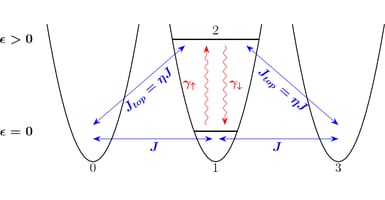
Decoherence plays an important role in quantum mechanics. In general, uncontrolled interaction of a quantum system with its environment will cause it to lose its quantum properties. Controlled decoherence or dissipation, on the other hand, can be used to engineer...
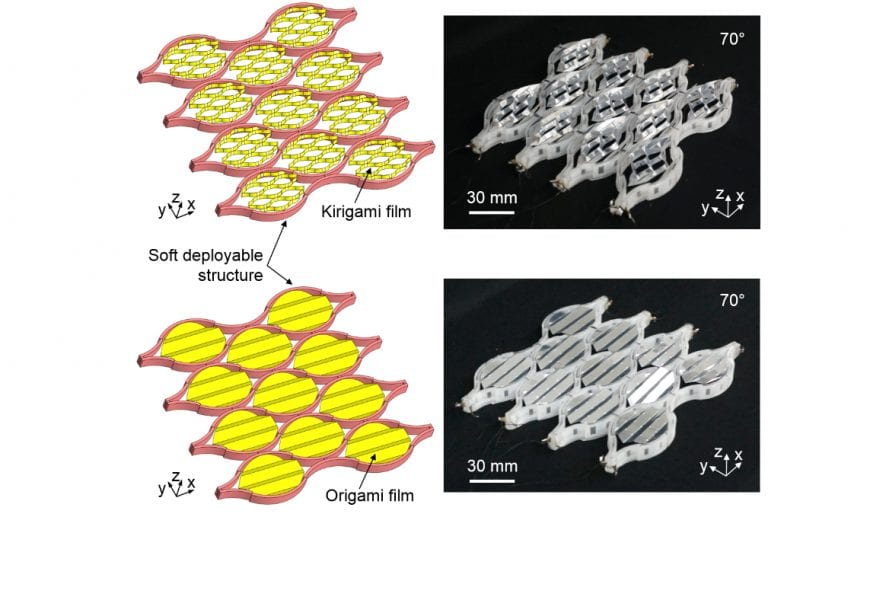
Redirecting incident light towards a specific direction is a basic feat of engineering useful for large applications, such as redirecting sunlight onto solar panels or to provide greater illumination in a household, and for smaller applications, such as in optical...